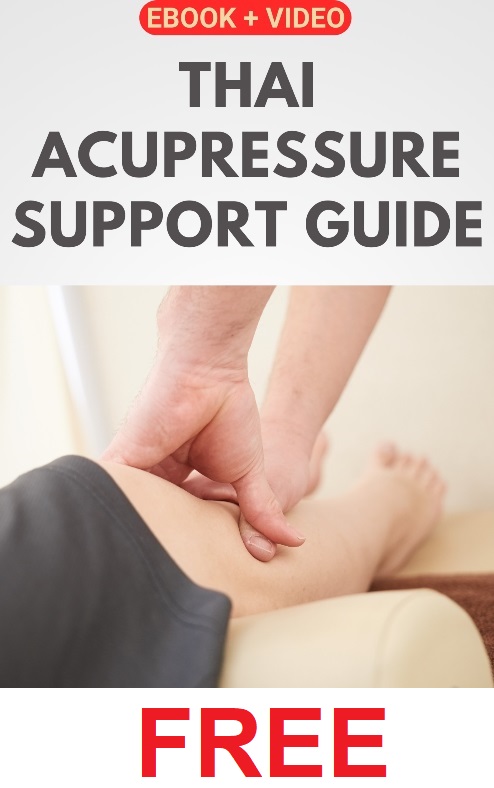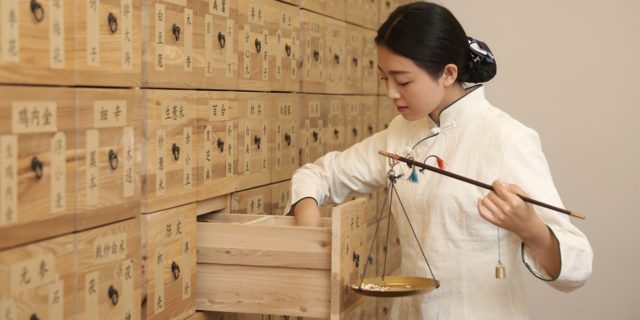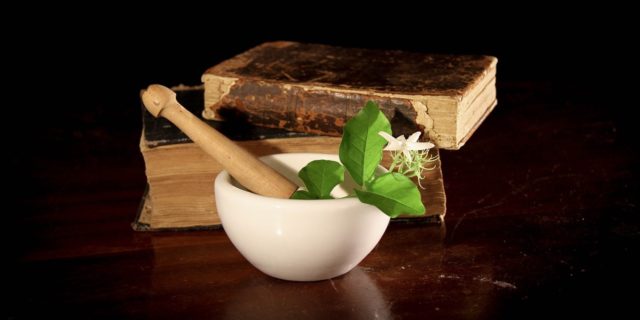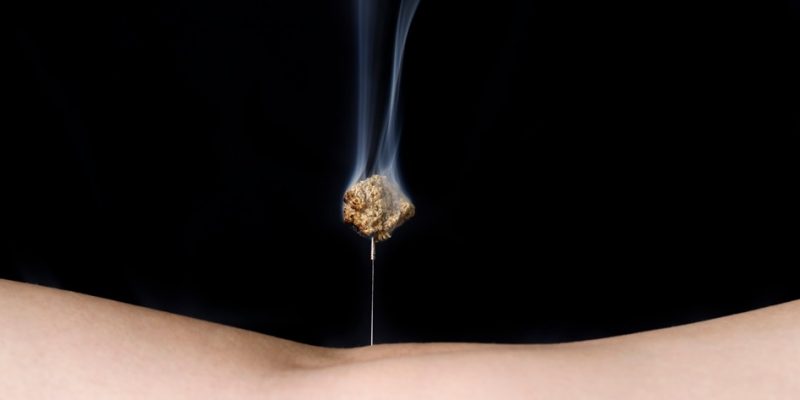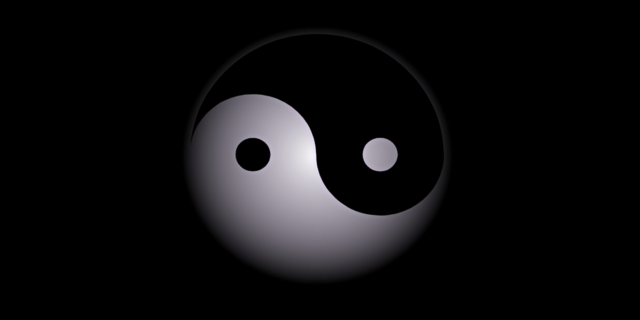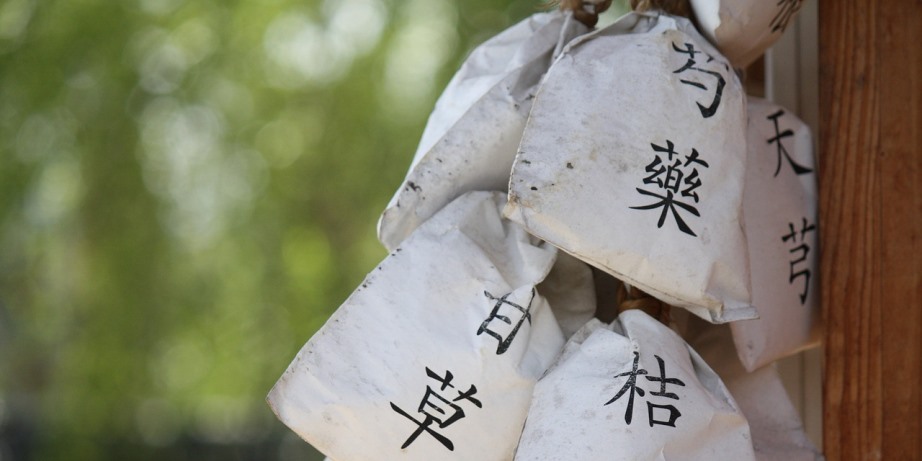
Chinese Herbal Medicine — Chinese Herbology i.e. Chinese Herbalism — is an important part of Traditional Chinese Medicine (TCM), probably the part most used, and aims at balancing the internal energy system, body, and spirit of the patient to maintain or restore health. Improving Qi Life Force flow, stimulating blood circulation, and achieving Yin-Yang balance are the primary goals.
The use of herbs for health issues is as old as mankind, and all civilizations, old and new, have traditionally used herbs to maintain health and treat illnesses. Literature proves that around 200 BC, the use of herbs was fully established in Chinese society, and around the first century CE official medicinal herbal formulas had been developed.

The classic Chinese book on medicinal herbs was written during the Ming Dynasty (1152-1578) and contains almost 2,000 herbs and extracts. In 1990, the Pharmacopoeia of the People’s Republic of China listed more than 500 herbs or extracts, and about 300 complex recipes.
Apart from the official pharmacopoeia, it’s estimated that there are over 3,200 kinds of herbs, 300 minerals and animal extracts, and over 400 formulas used in China. An herbal recipe usually consists of four to twelve different ingredients, being taken in the form of teas (infusions and decoctions), powders, pills, tablets, capsules, extracts, tinctures, syrups, and fresh or dried plant parts used in food and cuisine.
Herbs are parts of plants (or the whole plant) which are used for its scent, flavor, or therapeutic properties. They are used as dietary supplement or to alleviate or cure illnesses. Sometimes, the parts used of humans (for instance, hair or nails), animals or minerals are also considered herbal medicine or herbology, depending on the definition applied.
Each herb used in TCM has been studied and recorded for its flavor, therapeutic property (its nature), and organ system it affects.
Flavors (or tastes) include sour, bitter, acrid, salty, and sweet, and correspond with an organ. Therapeutic properties (or natures) can be cold, cool, neutral, warm, and hot. For instance, hot and warm herbs are used to treat cold diseases, while cool and cold herbs are used to treat heat or hot diseases.
Each herb is then categorized according to its main therapeutic properties, action, and function. These include diaphoretics (cleansing through sweat), anti-inflammatories, diuretics (cleansing through urine), digestives, relaxants, tonics, internal warmers, to name just a few categories.

Taken all this into account, herbs are then combined into formulas to accomplish several tasks simultaneously and these herbal formulas are categorized in the same manner as the individual herbs.
Before choosing a mixture of herbs, TCM therapists will typically ask a patient about the symptoms and perform an overall holistic exam, typically focusing on the skin, hair, tongue, eyes, smells, pulses, and voice, in order to discern the imbalances in the body.
One of the issues with herbal medicines and formulas is that they have not all been thoroughly tested. Some herbs or combination of herbs can actually be very harmful i.e. toxic. Before using a certain recipe it’s advised to first do a thorough check, for instance, on the Internet.
Another problem today, is contamination of herbal products with for instance foreign plant or animal material, drugs, heavy metals, and pesticides, to name a few examples, which can cause asthma or allergic reactions or even organ damage.


